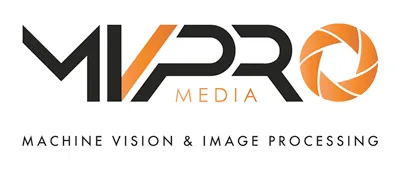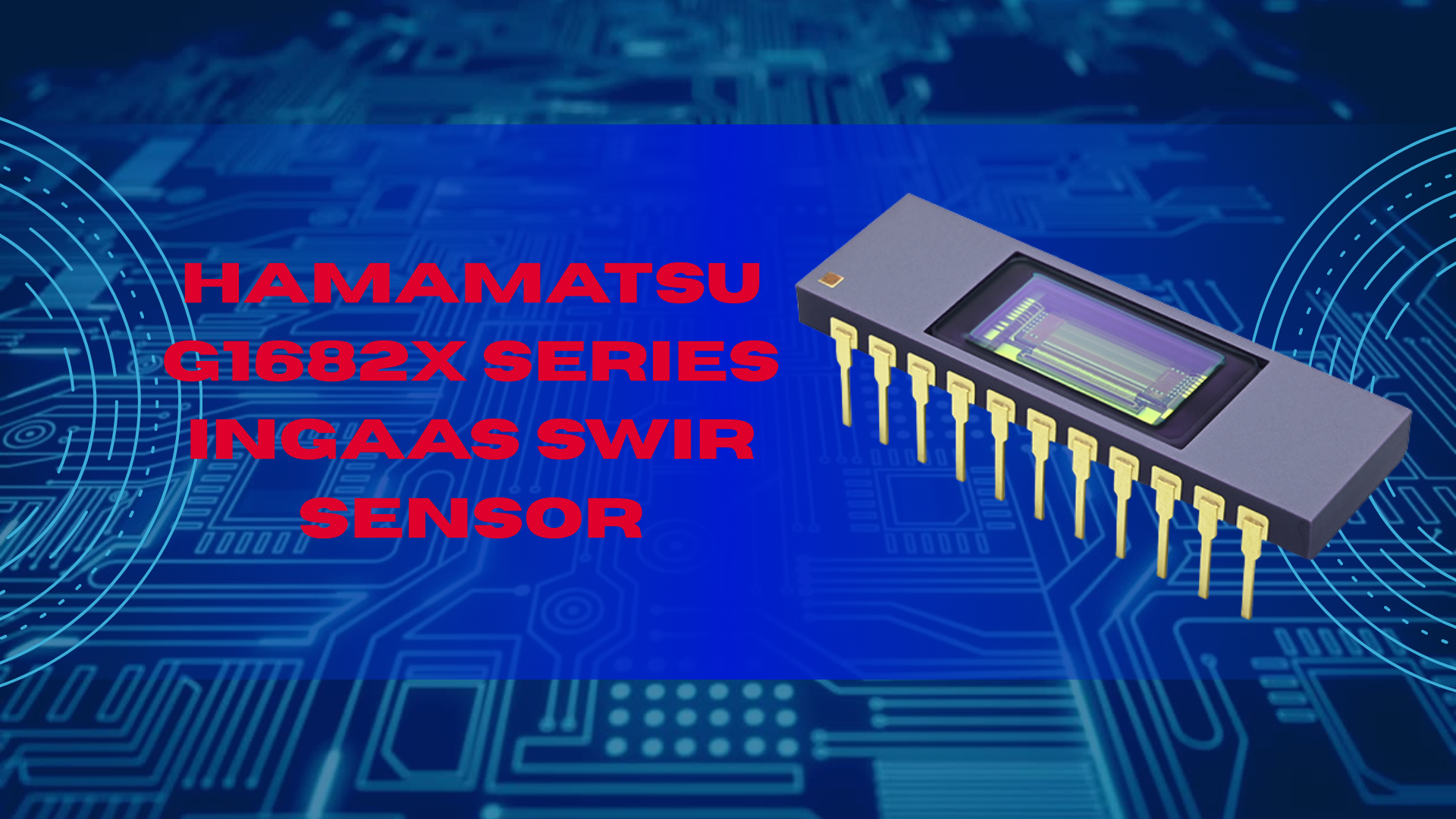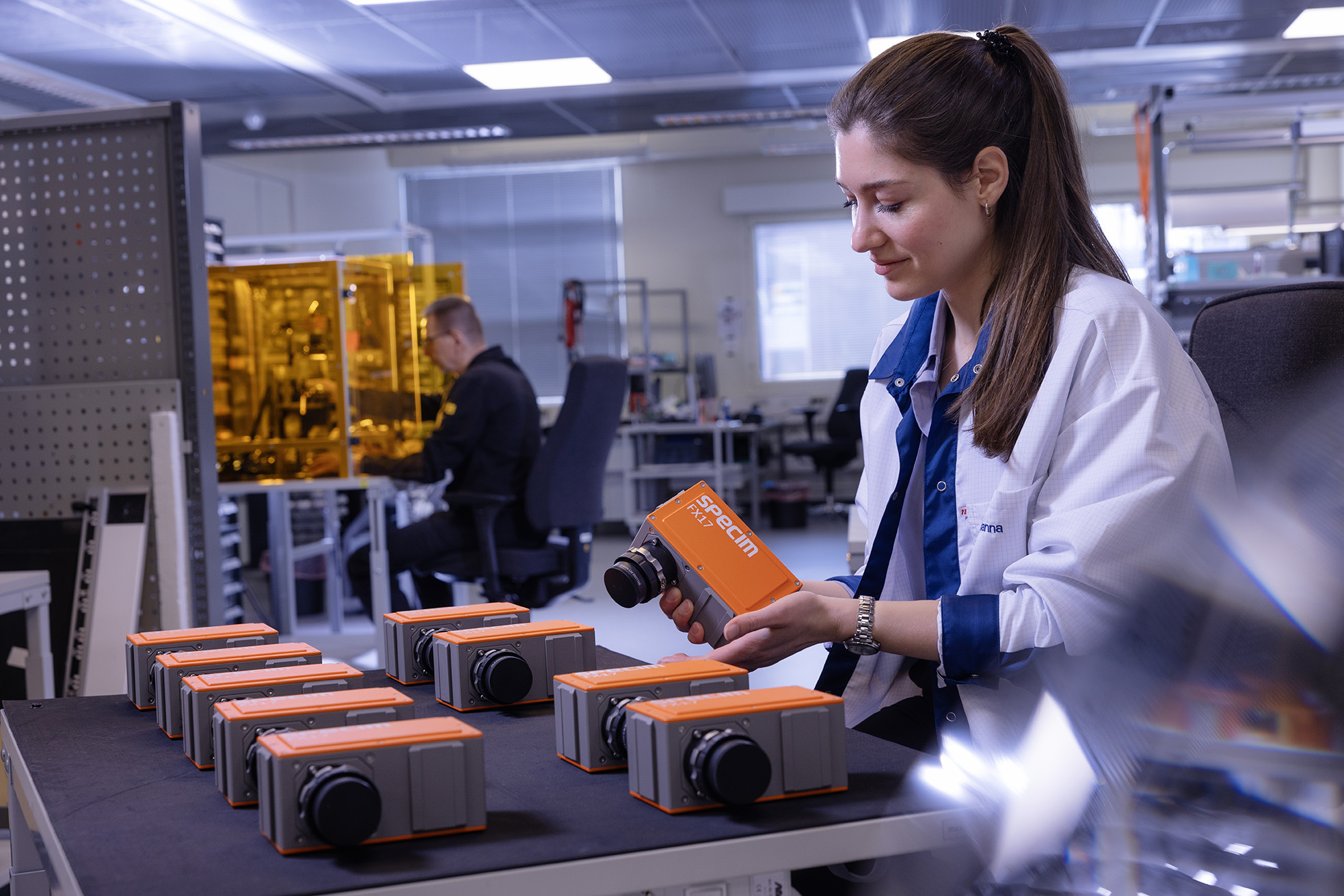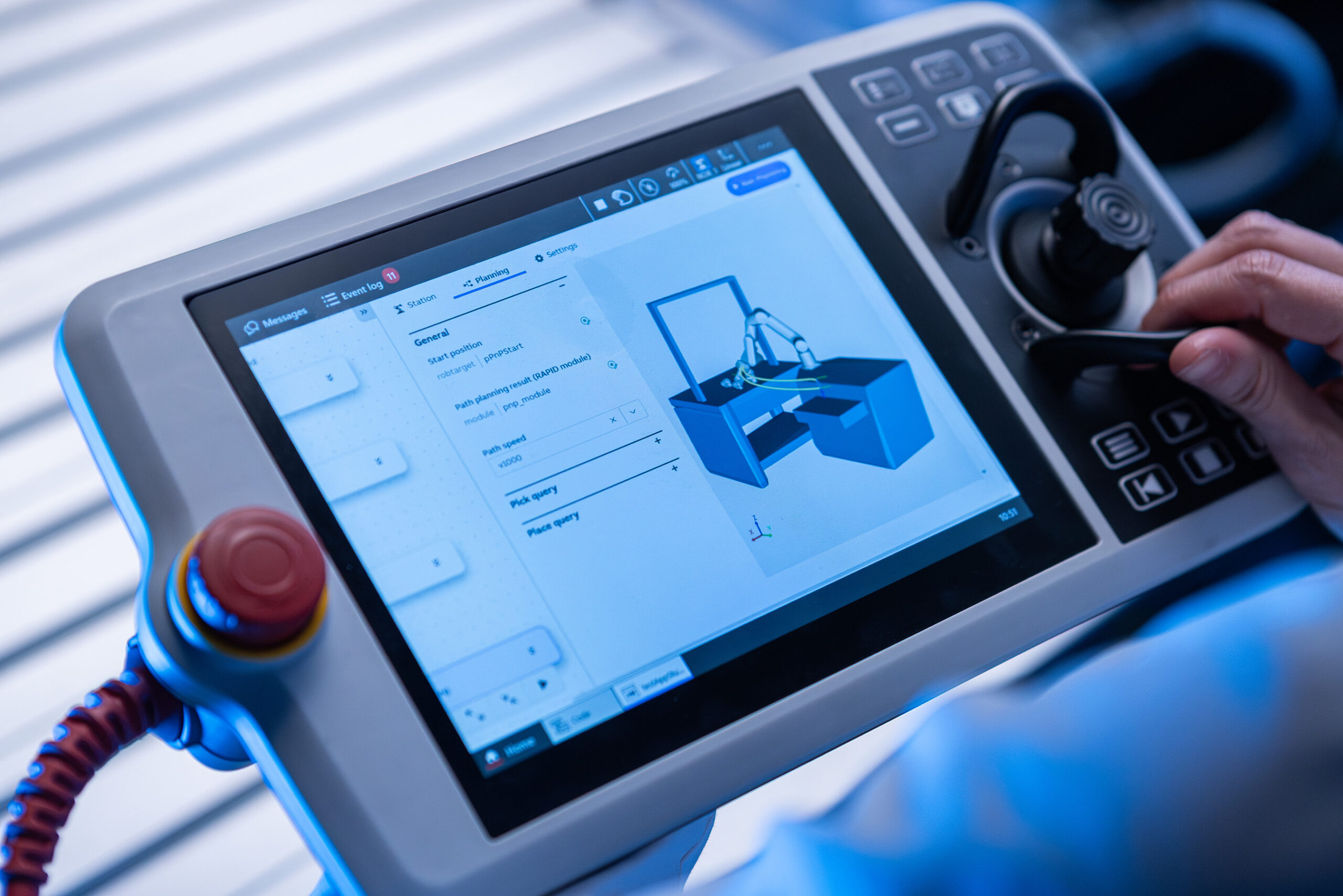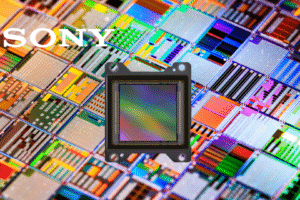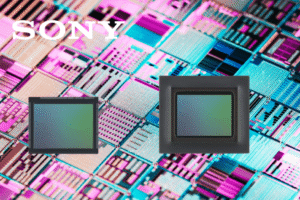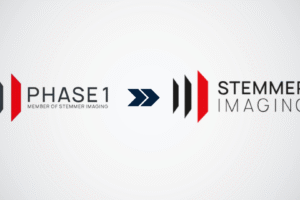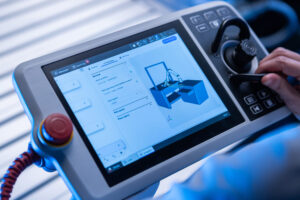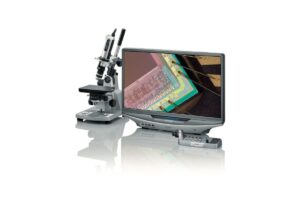The new G1682x Series brings high-performance SWIR imaging to mainstream machine vision applications through a compact, uncooled design.
We talked about it in our article “Seeing the Invisible”, explaining the importance of lighting and SWIR technologies in machine vision: The first company able to scale a lower cost SWIR sensor is sure to do very well.
Here we are, just a few months later: Hamamatsu Photonics has announced the launch of its new G1682x Series InGaAs linear image sensors, unveiled in mid-August 2025. Designed for near-infrared (NIR) multi-channel spectrophotometry, the sensors deliver compactness, heightened sensitivity, and real-time performance, making them well-suited for research, industrial inspection, and OEM integration.
Compact and Uncooled Design
One of the defining features of the G1682x Series is its uncooled architecture. Traditional InGaAs sensors often require cooling systems to suppress noise, which increases cost and size. By removing the need for cooling, Hamamatsu has created a smaller and more cost-efficient sensor without sacrificing performance, enabling easier deployment across machine vision systems.
Key Specifications of the G1682x Series
Video line: Single
Conversion efficiency options: 16 nV/e⁻ or 160 nV/e⁻ (selectable)
Pixel sizes:
50 µm × 250 µm (model G16823-128DB)
25 µm × 250 µm (models G16823 / G16824 / G16825-256DG)
Low dark current for improved signal stability
Low power consumption
Drive voltage: 3.3 V
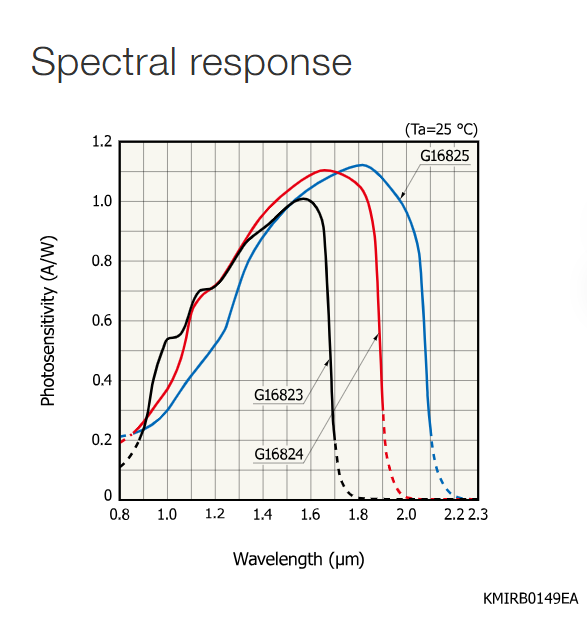
Enhanced Sensitivity in the Near-Infrared Range
Operating in the near-infrared spectrum, the G1682x sensors are capable of capturing information invisible to the human eye and standard silicon-based sensors. This makes them particularly valuable in machine vision applications where material properties must be distinguished beyond visible wavelengths.
Key industrial uses include:
- Food and agriculture – detecting bruising, ripeness, or foreign materials.
- Recycling and sorting – differentiating plastics and other materials with similar visible characteristics.
- Semiconductor and electronics inspection – spotting defects beneath surfaces or coatings.
- Pharmaceutical quality control – ensuring uniformity in coatings and detecting contamination.
The Democratization of SWIR/NIR Imaging
Historically, short-wave infrared (SWIR) and near-infrared (NIR) imaging have been restricted to high-cost, niche applications such as defense, semiconductor metrology, and advanced R&D. The reason: InGaAs sensors typically require cooling systems, complex optics, and expensive components, making them inaccessible for mainstream machine vision.
The launch of compact, uncooled InGaAs sensors like the G1682x is helping to democratize SWIR/NIR imaging by:
- Reducing cost and size, lowering the barrier for adoption in everyday inspection systems.
- Making it feasible for OEMs to embed NIR capabilities into standard cameras and inline inspection equipment.
- Allowing real-time spectral imaging at production speeds, rather than limiting it to lab-based testing.
- Supporting AI-driven machine vision with richer datasets across broader spectral ranges.
This democratization is significant because it unlocks inspection capabilities previously out of reach for industries like food, pharmaceuticals, recycling, and packaging. As a result, more companies can detect defects, contaminants, or material differences that are invisible in the visible spectrum—paving the way for higher quality standards and reduced waste across global manufacturing.
Real-Time Performance for High-Speed Vision Systems
The G1682x Series is optimized for real-time operation, enabling seamless integration into high-speed production lines. This aligns with the growing demand for inline spectral imaging—where manufacturers need instant feedback to maintain quality and efficiency.
Targeting R&D and OEM Applications
Hamamatsu emphasizes that the G1682x is not just a laboratory sensor but also engineered for industrial deployment. Its compact form factor and cost-effective uncooled design make it particularly attractive for OEMs looking to embed advanced NIR capabilities into machine vision products.
Broader Market Context
The launch highlights a broader shift in the machine vision sector: spectral imaging is moving from niche to mainstream. As suppliers like Hamamatsu push out compact, more affordable sensors, barriers to adoption continue to fall. This could accelerate the transition from specialized R&D setups to widespread deployment in production environments, where spectral imaging becomes a standard tool for quality assurance.
Conclusion
Hamamatsu’s new G1682x Series InGaAs linear sensors mark an important step in making high-performance NIR imaging more accessible for machine vision professionals. By combining compact design, uncooled operation, and real-time sensitivity, these sensors are poised to support a wide range of applications—from laboratory research to industrial automation and OEM machine vision systems.
As industries continue to demand faster, more reliable, and non-destructive inspection methods, the democratization of SWIR/NIR imaging could prove to be one of the most transformative trends shaping the future of machine vision.
For more information, visit https://www.hamamatsu.com/
